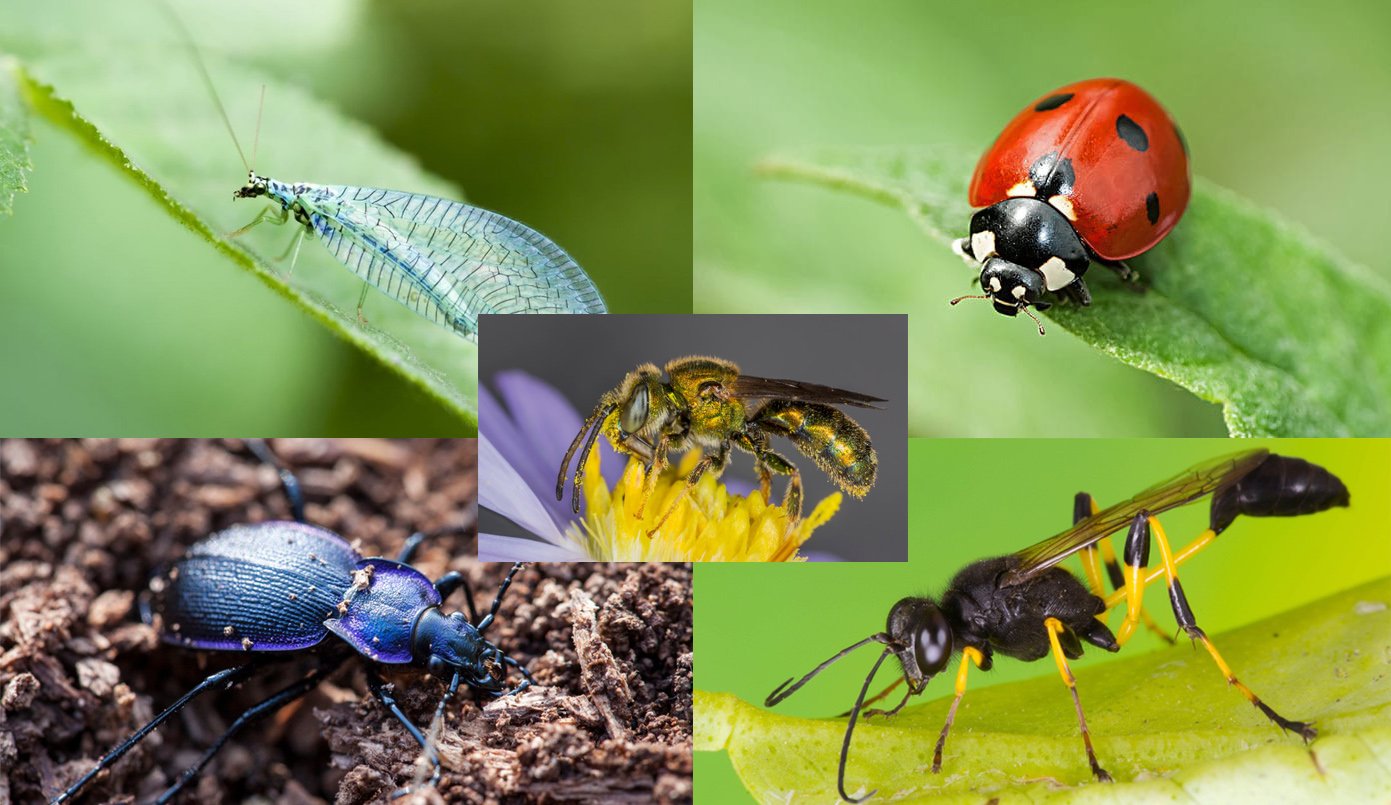
Pressure washing is one of the best ways to clean outdoor surfaces — but while it blasts away grime, dirt, mildew, and more, you might wonder what else it’s disturbing in the process. One important concern that often gets overlooked:
Could pressure washing be harming the beneficial insects living in your yard?
The answer is yes — under certain circumstances, pressure washing can harm helpful insects like ladybugs, pollinators, and predatory beetles. But with a little knowledge and care, you can clean your property without disrupting nature’s tiny helpers. 🌱🐝
🐞 What Are “Beneficial Insects”?
These are insects that play a positive role in your home’s ecosystem. Common examples include:
- Ladybugs – Eat aphids and other plant-damaging pests
- Bees and butterflies – Vital for pollinating flowers and vegetables
- Ground beetles – Devour slugs, caterpillars, and maggots
- Spiders – Help control flies and mosquitoes
- Praying mantises – Eat a variety of pest insects
These bugs are nature’s pest control team — and often live in flowerbeds, mulch, grassy areas, or even under siding and patio furniture. 🐜🌸
💥 How Pressure Washing Can Harm Them
Pressure washing doesn’t just remove dirt — it can disrupt habitats, drown small insects, and destroy egg sacs or nests. Here’s how:
- Direct impact – The force of water (often 1,500+ PSI) can kill or injure insects
- Washing away nests – Many beneficial insects build nests in wall cracks, under eaves, or in garden corners
- Disrupting habitats – Spraying mulch, leaf litter, or garden edges can eliminate insect shelters
- Chemical runoff – If using detergents, even biodegradable ones, the runoff can affect soil-dwelling bugs or aquatic life downstream 🧴❌
🌼 Areas to Be Cautious With
If you want to protect beneficial insects, be mindful when pressure washing:
- Flower beds and garden borders 🌻
- Mulched areas 🪵
- Shrubs and hedges 🌳
- Beneath decks and patios 🪟
- Eaves, soffits, or corners of the house – common spider and insect nesting spots
Even a quick blast in the wrong place can disrupt delicate ecosystems that took months to form.
✅ How to Pressure Wash Responsibly
Here are simple ways to pressure wash without harming helpful bugs:
1. Use Water Only in Sensitive Areas
If you’re cleaning near plants or garden beds, skip the detergent. A plain water rinse can often do the job without introducing chemicals.
🧼 Use cleaner only on concrete, siding, and furniture
💧 Stick to water near grass, plants, and flowerbeds
2. Lower the Pressure Around Nature Zones
Use a wider-angle nozzle (40°) and reduce pressure to the lowest effective setting — usually around 1,200 PSI or lower — near gardens or vegetation.
🔁 This reduces the chance of killing insects or disturbing their homes
3. Avoid Early Morning or Late Evening Washes
This is when insects are most active. Midday tends to be safer, as many bugs are resting or hidden.
🕑 Ideal cleaning window: 10 AM – 3 PM
4. Don’t Pressure Wash Mulch or Soil Beds
Spraying these areas can dislodge both beneficial insects and important nutrients. Instead, use a gentle garden hose to freshen up these spots.
5. Watch for Nests or Cocoons 🐛
Before spraying areas like under eaves, behind shutters, or under patio furniture, look for:
- Spider egg sacs
- Bee or wasp nests (handle cautiously!)
- Ladybug clusters
If you see something unfamiliar, give it space or consult a local pest expert.
🐝 What About Pollinators Like Bees?
Pressure washing doesn’t typically harm bees directly unless you’re spraying near their hives. However, chemical soaps or overly aggressive cleaning near flowering plants can affect the nectar or even kill bees visiting flowers.
To protect bees:
- Avoid washing blooming plants
- Skip detergent around flowers
- Time your wash away from heavy pollination seasons when possible
🌍 Why This Matters
We often focus on what pressure washing removes: dirt, mold, moss. But it’s just as important to consider what it could disrupt.
Many of the “bugs” people fear are actually helping your garden grow, your lawn stay healthy, and your home stay pest-free — without pesticides. Protecting them supports the balance of your local ecosystem. 🌿🐝🕷️
🌟 Final Thoughts
Pressure washing is a powerful tool for home maintenance — but with great power comes great responsibility. 💪🌎
By adjusting your technique, avoiding sensitive areas, and skipping harsh soaps in the wrong spots, you can enjoy a beautifully clean home and a thriving outdoor habitat.
So go ahead and clean that siding or deck — just do it with an eye toward the tiny allies working in your yard every day. 🏡🧽🐞
Browse Amazon Here For Top Rated Power Washers And Accessories






